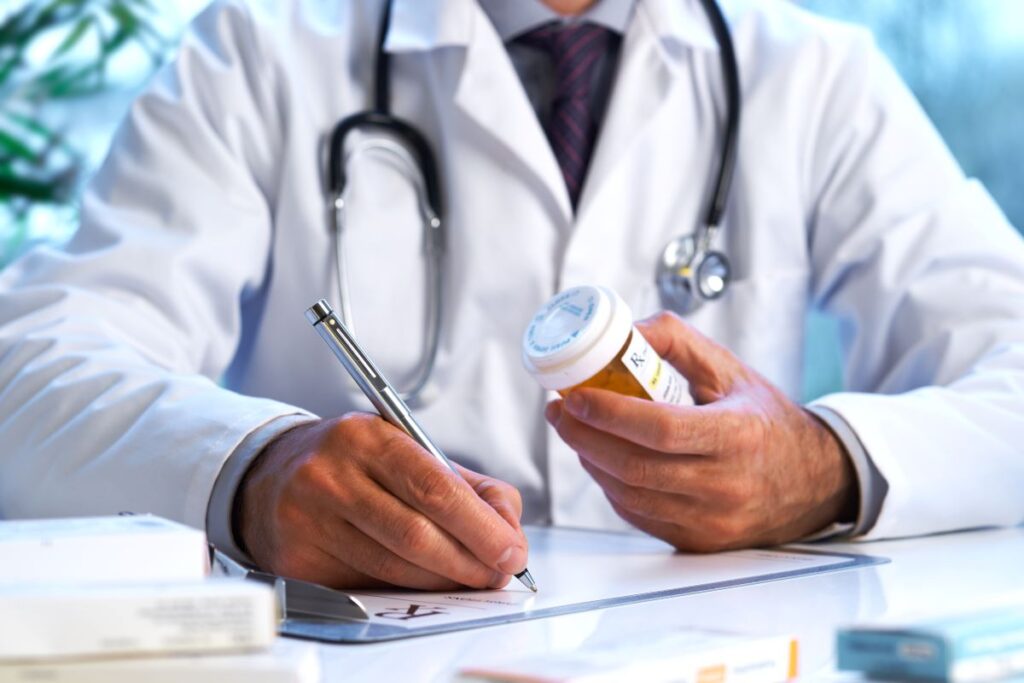Are you a pharmacist who is considering going to medical school? Or are you just curious about a pharmacist’s experience applying to medical school? If so, then we recommend Pharm.D. To M.D. By Nathan M. Gartland, PharmD. Currently a second-year allopathic medical student as well as a licensed and practicing pharmacist in New York, Dr. Gartland has written this book to guide and empower others during the process of applying to medical school, as a pharmacist.
The author opens up with this quote in the dedications page.
“Don’t be afraid to start over again. This time you’re not starting from scratch, you’re starting from experience.”
Nathan M. Gartland, PharmD
This is the core motivation for this book, as Dr. Gartland guides you along the difficult journey based on his experiences and those of others. If you want to be a pharmacist and a physician, then why can’t you? What is holding you back? If it is fear or the concern that you are starting everything anew, then this quote serves to reassure you that you are not. Rather, he encourages you to bring your experience as a pharmacist or pharmacy student into the medical school application process and journey, as this experience is an asset to you becoming a physician.
However, the process to enter medical school can be confusing and daunting, and Dr. Gartland himself started this process unaware of the many steps, expenses, and available resources. Therefore, the book is organized into ten chapters guiding you along the journey of applying to medical school, helping you to understand each aspect of the medical school application process. They are as listed below.
- Part One: The Medical School Blueprint
- Part Two: The Schedule
- Part Three: The MCAT
- Part Four: The Primary Application
- Part Five: The Secondary Application
- Part Six: The CASPER Exam
- Part Seven: Osteopathic Schools of Medicine
- Part Eight: The Interview
- Part Nine: The Pre/Post-Interview Limbo
- Part Ten: Holding A Medical School Acceptance
In addition to the outline above, Dr. Gartland offers a clear overview of the resources designed to guide and serve you, including the LizzyM Score Application Assistant. This tool helps you determine “your chance of gaining admission to at least one medical school based on official American Association of Medical Colleges (AAMC) historic data.” These resources include various charts which display important information in an easy-to-reference format, including one regarding the costs of applying to medical school.
Given that this book is written from a pharmacist’s perspective, it guides you through modifying your coursework, selecting your Advance Practice Pharmacy Experience (APPE) rotations, and answering common questions that you may face. Topics like osteopathic medical schools and Caribbean medical schools are further explained, as these are other ways to become physicians outside of allopathic medicine.
“Why medicine? Why not pharmacy?”
(A common interview question you may encounter.)
Overall, we appreciated how the book explained the process of applying to medical school as a pharmacist in comprehensive yet easy-to-understand detail. Additionally, the reader is left with a sense of hope and optimism mired in reality. This process is difficult, expensive, and confusing, but not devoid of hope. We highly recommend this book for not only pharmacists considering applying to medical school, but also to those applying to medical school in general.
About the author:
Dr. Nathan Gartland is a licensed and practicing pharmacist in New York State, as well as a second-year allopathic medical student. After successfully completing the medical school application cycle, Nathan is working to empower other pharmacy students and graduates alike to extend their education beyond the traditional limit.
He is currently interested in pursuing a career in emergency medicine or neurological surgery.
Nathan lives in Western New York with his girlfriend, Julia, and their new labrador puppy, Winston.
We’ve been on the Internet for over 20 years doing just one thing: providing health career information for free or at cost. We do this because we believe that the health education process is too expensive and too competitive. Many people and organizations have built their businesses making money on students who are desperate for any opportunity to become a doctor.
We believe that all students deserve the same access to high-quality information. We believe that providing high-quality career advice and information ensures that everyone, regardless of income or privilege, has a chance to achieve their dream of being a doctor.
SDN is published by the Health Professional Student Association, a nonprofit educational organization.
